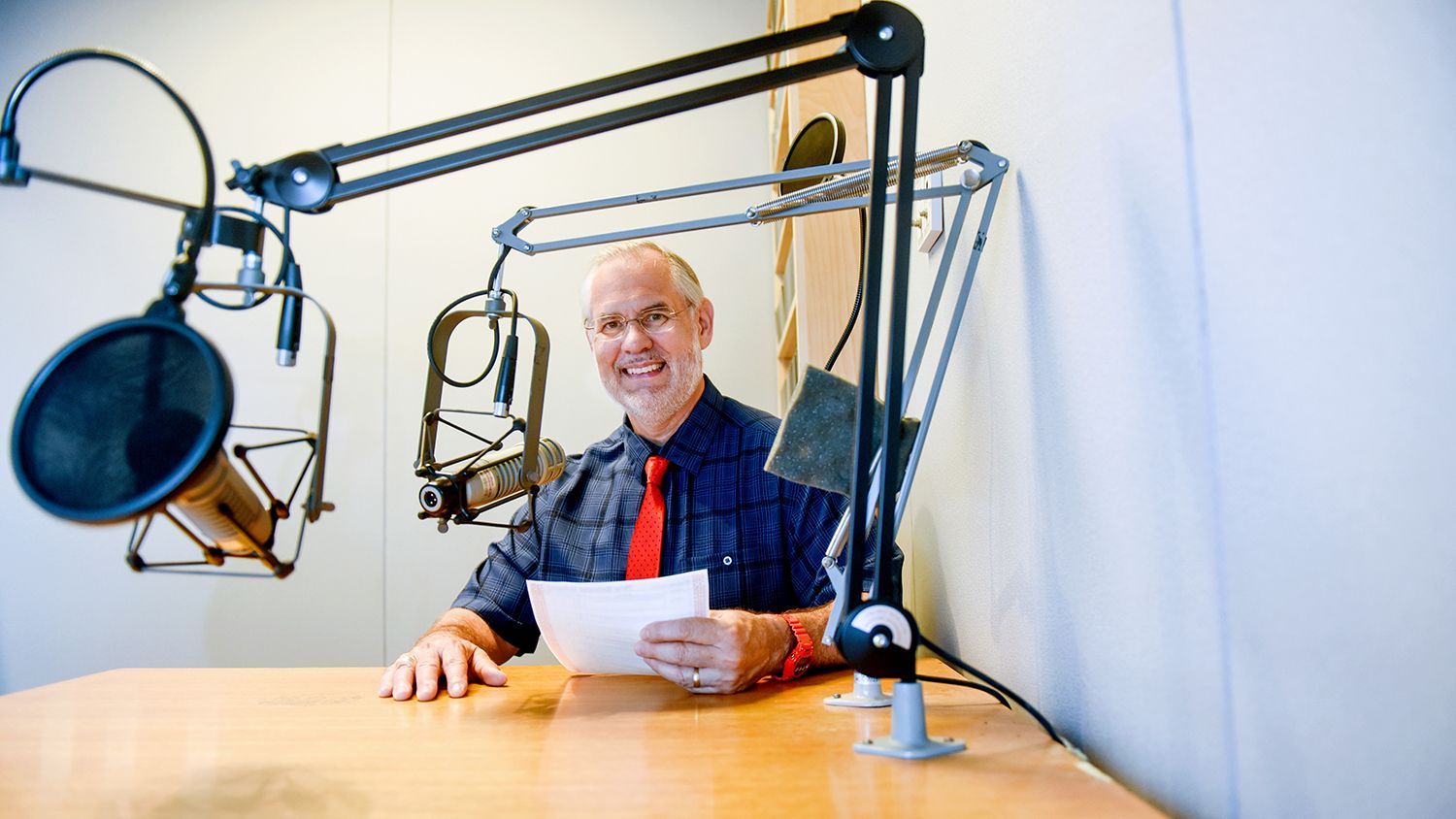MARY WALDEN:
“Today’s program looks at shifting time. Mike, during the pandemic many workers have been working at home rather than at the office. Among other things, this have saved them time commuting to and from work. Do we have any information on how these workers have used their newfound time?”
MIKE WALDEN:
“Well first of all a recent study estimated that if you look at the period from mid-March to mid-September which was the heights of the shutdowns if you will, workers nationwide saved 60 million hours by not having a commute to work; by either not working at all, or better working remotely from computers. And so the question is how have people used that time.”
“Well here’s a breakdown based on that same study. 35 percent of the time was devoted to working. 30 percent was devoted to leisure; that is taking some time off, pursuing hobbies, playing with the kids, et cetera. 15 percent was devoted to home improvement as well as other home chores. 10 percent to childcare, and the rest was in miscellaneous activities.”
“Now I should say that the 35 percent of the saved time, by not commuting, that the survey said was spent working, some of that was a substitution for work during commuting. Now some people might say how can you work while you’re commuting. Well obviously that’s people who are maybe carpooling or using mass transit. Anyway this is very fascinating to see how people did use that saved time, again the bulk of it going to working as well as to having some fun.
- Categories:


